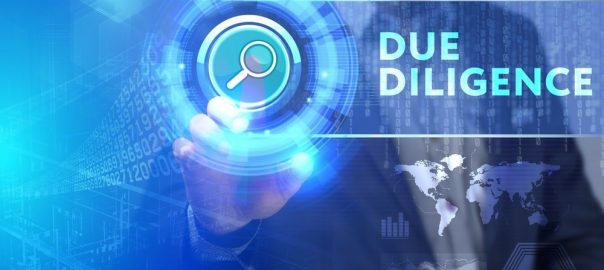About 20 years ago, only a few people heard about the Know Your Customer procedure, and Due Diligence was only known to lawyers involved in mergers and acquisitions. Today the situation has changed. Here is more about enchased due diligence.
What is enchased due diligence?
In practice, most entrepreneurs, especially beginners, have a lot of questions about the process of searching and checking counterparties: what tools should be used, are there free opportunities for this, what information should be analyzed, etc. Moreover, there are no standard rules and criteria for such a check. EDD procedures that need to be taken are usually developed by companies independently in the process of analysis and taking into account risks.
In general, the process of checking counterparties rests on three aspects:
- reliability – the intentions of the company and its relationship with the state and other business partners;
- evaluation – identification of the main evaluation criteria and objective information;
- knowledge – understanding what information is worth considering and what is not.
Know Your Customer (KYC) is part of the activities, which consists in the verification of personal data and, possibly, extended due diligence (here we can talk, for example, about checking a client against various databases of persons included in the sanctions lists).
Enhanced due diligence (EDD) involves taking additional measures regarding identification and identity verification. Enhanced CDD measures apply all high-risk business relationships and to all such customers and transactions (particularly those involving politically exposed persons, business relationships without a physical presence, and hostile jurisdictions).
When is enhanced due diligence required?
EDD procedures are in high demand in the course of mergers and acquisitions (M&A) transactions, as well as in the banking sector to check the potential solvency of borrowing companies in the initial provision of loans or their refinancing and/or restructuring.
EDD provides a higher level of screening for potential business partnerships and identifies risks that cannot be detected during a DD. The procedure is specifically designed to work with high-risk clients or clients with high asset values and large transactions. When conducting EDD procedures, three main stages can be distinguished:
- The identity of the client and related persons is established. For this, a passport (both local and foreign), a driver’s license, a military ID, or an Identity Document can be used.
- The address of the permanent residence of the client is confirmed. From the point of view of international practice, the most appropriate document is a utility bill. In addition to the fact that this document contains the full name and address of the person, it also reflects the fact that the person lives at this address and uses various services.
- Compliance forms are being compiled. Each registered agent of the company develops various compliance forms that reflect information about the company, individuals and legal entities associated with it, type and region of activity, sources of funds, etc.
Virtual data room for EDD
Automation and standardization of the EDD process limit and control the degree of human involvement. Thus, most enterprises use virtual data rooms. Data room is a secure platform that organizes data repository, collaborative workspace, and deal management. The software ensures the following functions during EDD:
- ensuring transparency of the processes of creating and coordinating documents in the company for internal and external audit;
- ensuring the integrity and relevance of documents in the electronic document management system;
- control of changes in documents in the system;
- the flexibility of implemented solutions, which will allow scaling the current development to the developing business processes of the company;

